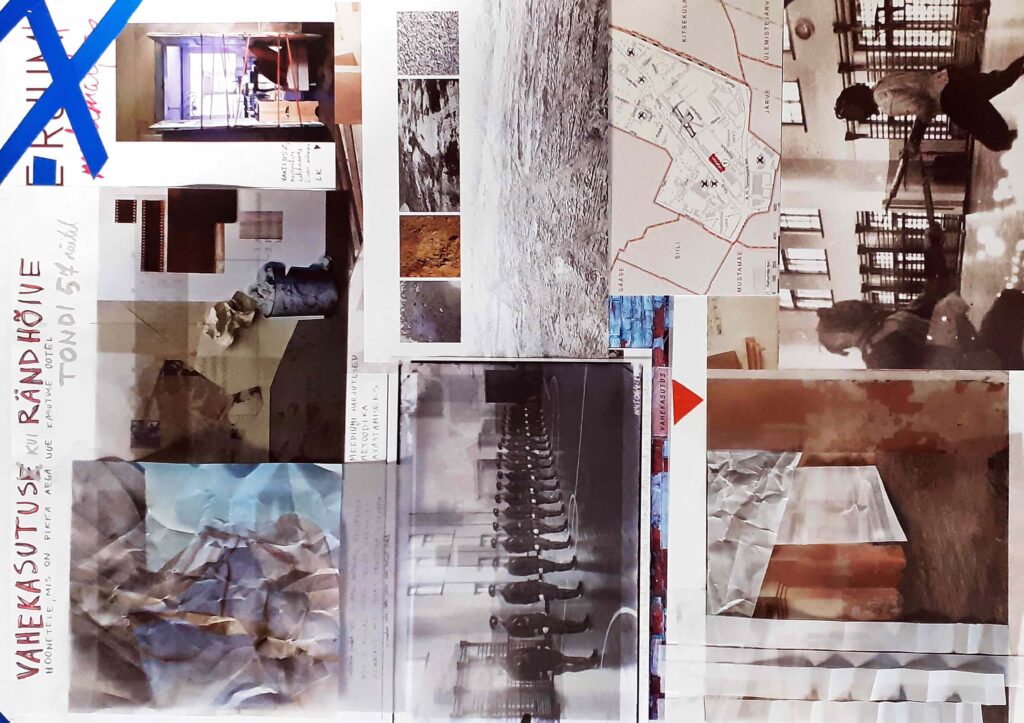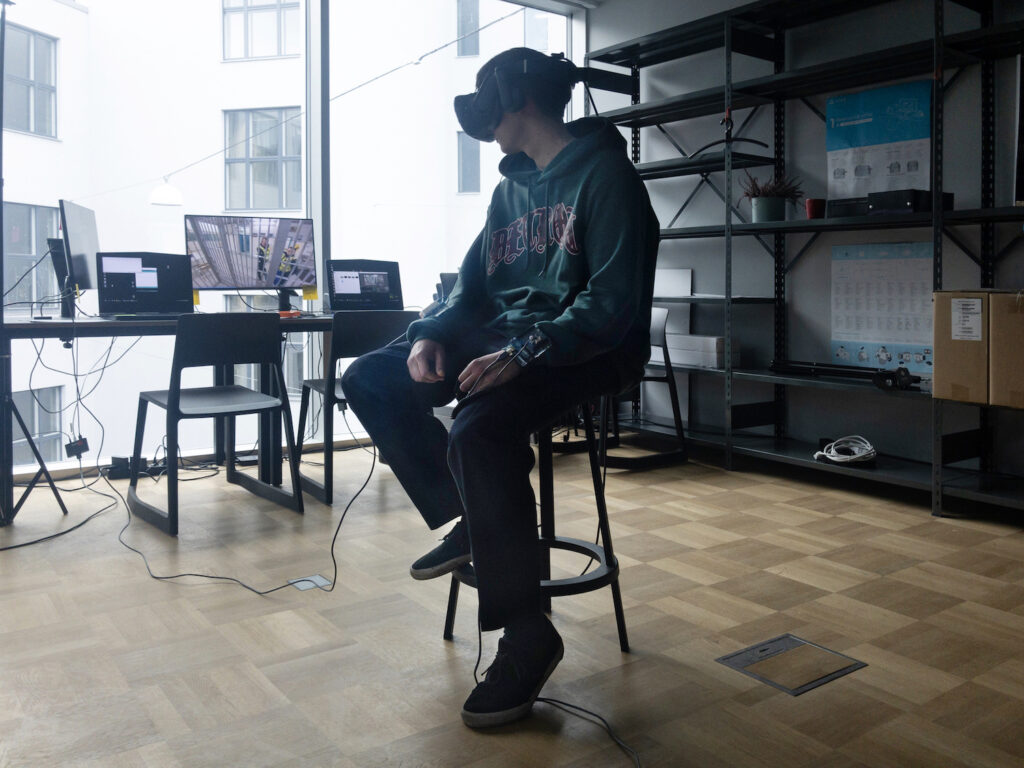How can we explore the authenticity of interior space? Semele Kari moves to a barrack at Tondi and describes a pop-up interior architecture office inhabiting the desolate spaces as a methodology with the aim of finding the most suitable upgrade for them.
Ülemiste City presents itself as a compass for the future and the first smart work and living environment in Estonia. The contemporary approach to smart living environments focuses on the needs of the people. We will explore to what extent Ülemiste district meets people’s environmental psychological needs.
Biometric technologies and spatial computing—could enhanced communication between human and machine transform our spatial experiences beyond all recognition?
Smart cities are not merely for people and robots. Due to climate change and biodiversity decline, the combination of the physical and the digital is increasingly related to the needs of all species. Combining the natural and built worlds can be assisted by biotechnology, for instance, the use of bioreactors as a source of energy and by the smart application of landscape data in urban design, for instance, by means of biodigital twins or augmented reality. It shifts our perspective and poses the most critical and intriguing challenge of a smart living environment—how to adopt a life-centred rather than human-centred approach.
How can human well-being and cognitive processes benefit from evidence-based design? We discuss it on the example of teaching and research facility in the Delta Centre of Tartu University and the creative house Vita of Tallinn University.
This issue of Maja is dedicated to the 30th anniversary of the Estonian Association of Interior Architects.











